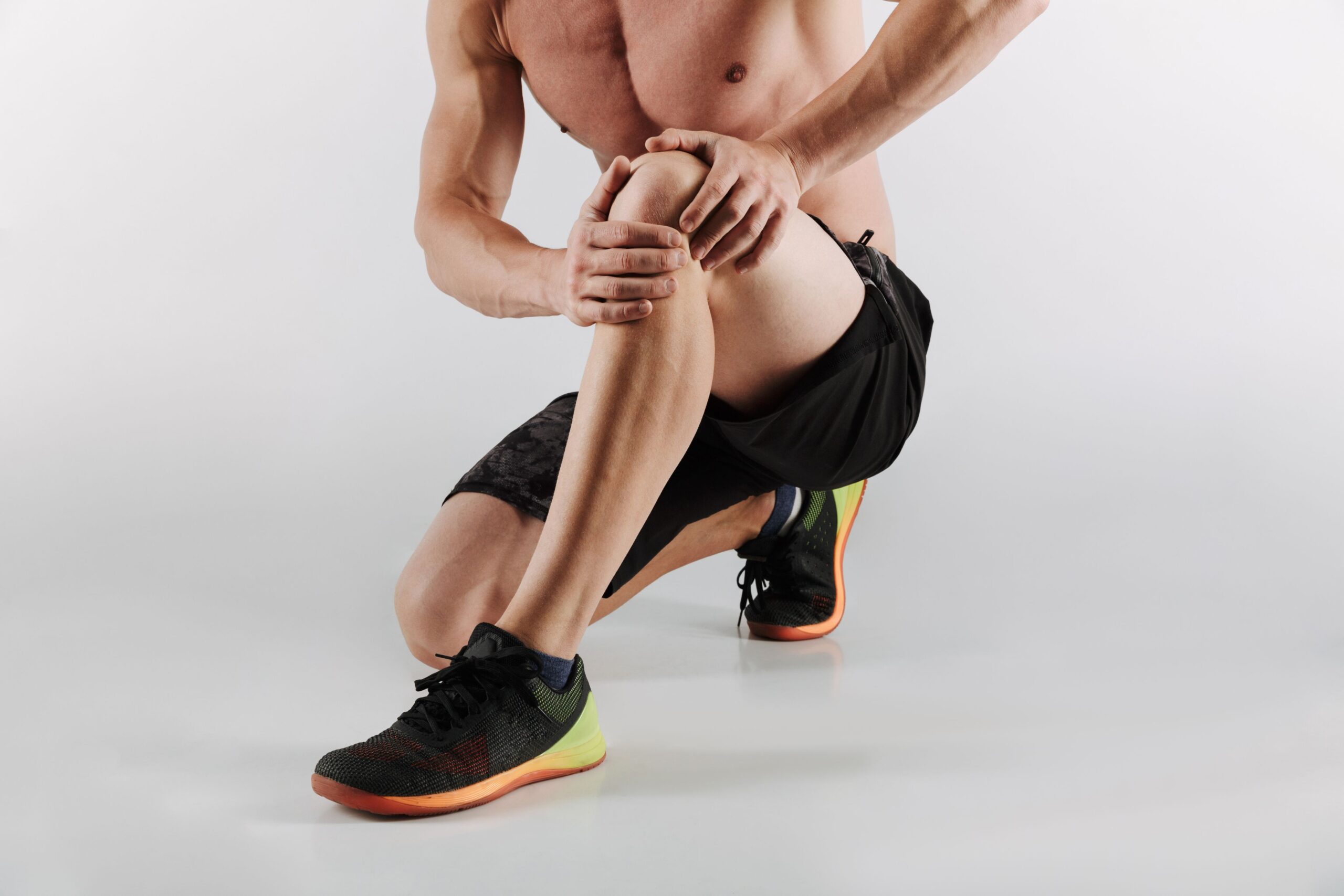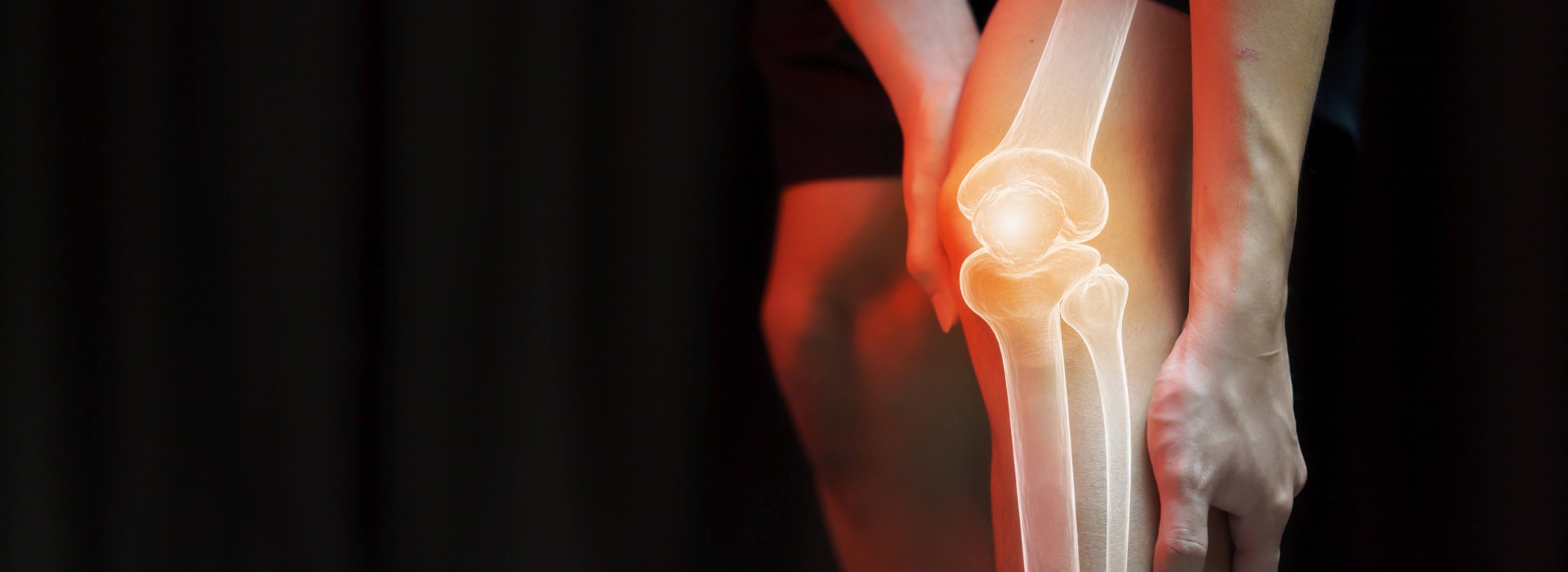Introduction to ACL Injuries
The Anterior Cruciate Ligament (ACL) is a crucial component in the knee, pivotal for joint stability during dynamic activities. ACL injuries are prevalent, particularly among those participating in sports with abrupt stops or directional changes. Such injuries occur from knee twisting while the foot is stationary, direct knee impact, or sudden directional shifts. Symptoms include a distinct popping noise, pain, swelling, knee instability, and difficulty in weight-bearing.
Detailed Recovery Timeline
Phase I (Weeks 1-3)
The first three weeks post-ACL surgery, known as Phase I, are focused on healing, reducing swelling, and regaining basic knee mobility. Immediately post-surgery, patients may experience discomfort in the knee. Patients are advised to engage in light exercises such as ankle pumps, quad sets, and gentle knee flexion within pain-free limits. The use of crutches and a knee brace is common to aid mobility and protect the knee.
Emphasis is placed on controlling swelling and pain, essential for laying the groundwork for more advanced rehabilitation. Patients may start weight-bearing as tolerated, guided by their orthopaedic surgeon’s and physiotherapist’s advice. Regular follow-up appointments are crucial to monitor progress and adjust the rehabilitation plan as needed.
Phase II (Weeks 4-6)
During Phase II of ACL recovery, the focus shifts towards increasing knee motion and beginning strength training. This phase typically includes exercises such as partial squats, stationary cycling, and controlled leg presses, aiming to enhance joint flexibility and muscle strength around the knee.
The patient may progressively engage in more dynamic exercises under supervision, while still being cautious to avoid activities that might strain the healing graft. This period builds the foundation for more rigorous activities in the later stages of rehabilitation.
Phase III (Weeks 7-12)
Phase III, spanning weeks 7 to 12, marks a significant progression in ACL recovery, where the focus is on regaining full knee motion and advancing strength training. This phase introduces more challenging exercises, like jogging and agility drills, under close supervision. The goal is to improve muscular endurance and control, preparing the knee for higher-impact activities.
This period ensures that the knee can handle various stresses, gradually preparing the patient for a return to more demanding physical activities, including sports.
Phase IV (Months 4-6)
In Phase IV of the recovery, typically spanning months 4 to 6, the rehabilitation becomes more intensive. This phase is characterised by a gradual return to more complex and sport-specific activities. The exercises during this period are designed to improve not only strength but also agility, balance, and coordination. These include running, jumping, and sport-specific drills.
This phase ensures that the knee is capable of handling the stresses of not only everyday activities but also more demanding physical exertions such as sports. The goal is to regain pre-injury levels of activity while ensuring the safety and stability of the knee.
Patients typically resume light jogging and running activities in this phase.
Phase V (Return to Sport)
Phase V, focusing on the return to sport, typically begins around six months post-surgery. This final phase involves high-level strengthening, agility, and plyometric exercises to ensure the knee is ready for the demands of sports. Athletes undergo sport-specific training and drills to regain confidence and ensure the knee’s readiness for competitive play.
This phase focuses on not only physical recovery but also mental preparedness for returning to the sport. The successful completion of this phase is marked by the patient regaining full function and confidence in the knee’s capabilities.
Patients can expect to return to recreational sports at 9 months and competitive sports at 12 months post successful surgery and rehabilitation.
Monitoring and Follow-Up
Regular check-ups with your orthopaedic surgeon ensure that the knee is healing correctly and that the rehabilitation exercises are effective. These appointments often include assessments of knee stability, strength, and range of motion.
Follow-up visits may also involve imaging tests to evaluate the healing of the ACL graft. Any concerns or complications that arise during recovery can be addressed promptly during these sessions. Continuous monitoring helps in making necessary adjustments to the rehabilitation plan, ensuring optimal recovery.
Potential Complications and Preventive Measures
ACL surgery, like any surgical procedure, carries the risk of complications. Common complications include infection, blood clots, graft failure, and knee stiffness. To mitigate these risks, preventive measures are crucial. These include adhering to post-surgery instructions, proper wound care, and engaging in prescribed physical therapy exercises.
Patients should be vigilant for signs of infection or unusual pain and maintain regular communication with their orthopaedic surgeon. Early detection and intervention are key in managing any complications that may arise during the recovery process.
Dr LS specialises in enhanced recovery after knee surgeries and is a dual fellowship trained knee surgeon with 2 decades of clinical practise.




